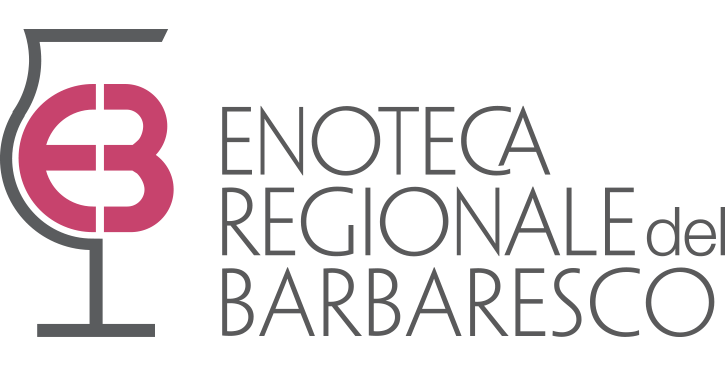The wine known as Barbaresco has far-reaching historical roots: here follow some of the highlights of its illustrious past.
1799 | The year of the oldest written reference to Barbaresco as a wine-producing locality.
1870 | The year of the oldest bottle of wine where the name of Barbaresco village is used to identify the wine.
1894 | Domizio Cavazza, director of the Regia Scuola Enologica di Alba, purchases the Barbaresco castle and grounds in the Pora and Ovello area and in the autumn founds the ‘Cantina Sociale of Barbaresco’, a cooperative dedicated to promoting the eponymous wine: he begins his work to improve the quality of Barbaresco wine. He is credited not only with codifying the modern method of producing dry, rather than sweet, Nebbiolo, and thus associating it with the already-famed Barolo, but also with launching Barbaresco wine onto the national market.
1899 | The efforts of the Cantina Sociale and other local producers result in the proposal of a law to the Italian parliament to ‘safeguard authentic Barolo and Barbaresco wines from fraud and falsification’. It is one of the first attempts to establish laws regarding the production of wine in Italy.
1908 | On October 18th, Nebbiolo grape and wine producers form the Union for the Production and Sale of Genuine Nebbiolo of Barbaresco (‘Associazione Sindacale per la produzione e il commercio del genuino Nebbiolo di Barbaresco’). These objectives are confirmed in the 1930’s with the first ‘Consortium for the Protection of Barolo and Barbaresco’ (‘Consorzio di Tutela di Barolo e Barbaresco’) delineating both the zone and method of production.
1912 | Domizio Cavazza dies. His programme to reinvent Barbaresco and bring national attention to both the wine and its territory falters, and with the advent of WWI, grinds to a halt.
1922 | Ten years after Cavazza’s death, the Cantina Sociale of Barbaresco closes. Though Nebbiolo continues to be cultivated, the drive for national self-sufficiency imposed by fascism results in many vineyards converting to grain production. Wine production is largely controlled by Alba wine merchants who purchase grapes at heavily discounted prices.
1926 | The Barbaresco area of origin is officially delineated for the first time.
1933 | The area of origin is enlarged to include the entire territory of the Commune of Neive. In the same year, Barbaresco along with Barolo, receives the typical wine of quality designation (vino tipico di pregio).
1958 | Development of the Barbaresco zone resumes, coinciding with the foundation of the ‘Producers’ Cooperative of Barbaresco’ (‘Cooperativa dei Produttori del Barbaresco’). The association, designed to protect growers from market uncertainties, is a result of the foresight of Barbaresco parish priest Don Marengo Fiorino and continues the work of Cavazza. At its outset, the association unites 19 winegrowers. Continuing in the footsteps of the Cantina Sociale of 1894, the Producers’ Cooperative specialises in the production of a sole grape variety: Nebbiolo.
1961 | Wine-growing company Gaja of Barbaresco decides to use only its own grapes and ceases to buy from other growers. Gaja makes Barbaresco its flagship wine. Three decades later, it is Italy’s most famous wine brand.
1966 | With the presidential decree of April 23rd, Barbaresco, along with Barolo, Brunello di Montalcino and Chianti, obtains the DOC designation (registered designation of origin) aimed at protecting the authenticity of the great Italian wines.
1967 | Production and commercialisation of Barbaresco with vineyard guarantee on the label begins.
1980 | The presidential decree of October 3rd confirms Barbaresco as D.O.C.G. (registered and guaranteed designation of origin).
1986 | The Enoteca Regionale of Barbaresco opens.
1997 | With the support of the consortium, the four communes of the protected zone proceed with official mapping of the sub-zones of production of Barbaresco wine.
2007 | The Italian parliament introduces vineyard zoning for the first time. ‘Menzione Geografiche Aggiuntive’ or ‘Additional Geographical References’ are added to the legislation allowing individual vineyards to be indicated on labelling. Thus the names and boundaries of Barbaresco’s 66 vineyards are officially defined.



